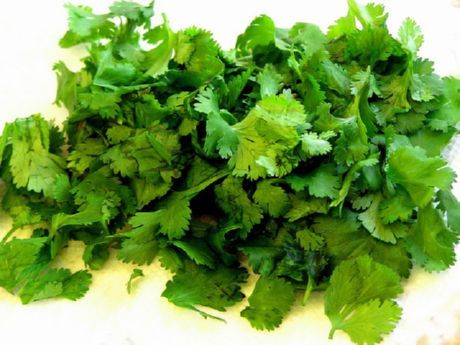Which green contains more vitamins
Last reviewed: 16.10.2021

All iLive content is medically reviewed or fact checked to ensure as much factual accuracy as possible.
We have strict sourcing guidelines and only link to reputable media sites, academic research institutions and, whenever possible, medically peer reviewed studies. Note that the numbers in parentheses ([1], [2], etc.) are clickable links to these studies.
If you feel that any of our content is inaccurate, out-of-date, or otherwise questionable, please select it and press Ctrl + Enter.
Green is used in everyday life as an edible part of herbaceous plants and leaves of some root crops. In Russian cooking, dill, parsley, young onion shoots are used as seasonings for meat and fish dishes, salads and unsweetened pastries. But the greens are valued not only for good taste qualities. It serves as a natural source of many useful substances for the human body: vitamins, trace elements, minerals.
On the territory of Ukraine and Russia, the vitamin "palm tree" is divided into dill and parsley. Thin leaves of the first are saturated with calcium, phosphorus, iron, potassium, vitamins C, A, B1, B2, PP, as well as nicotinic and folic acids. Regular use of dill improves the condition of the cardiovascular system, lowers blood pressure. Essential oils of this plant help to improve the digestive tract. His broth is often recommended for intestinal problems: diarrhea, flatulence, etc. Due to mild bile and diuretic properties, dill facilitates cystitis attacks and reduces inflammatory processes in the kidneys.
From freshly cut greens, you can prepare homemade masks for the face. The presence in the dill of plant antibiotics - phytoncides - promotes the healing of small cuts and abrasions, soothes the skin, cleans it of acne and relieves redness. Dill nastoem you can rinse your hair. In addition, it is used as a lotion for tired and red eyes.
The average bunch of parsley contains so many vitamins A and C, which is enough to cover the daily needs of an adult. By the saturation of "ascorbic" this greens exceeds even the lemon. Also in parsley contain carotene, folic acid, iron, phosphorus, vitamins B, E, PP, flavonoids, inulin and essential oils.

Like fennel, the leaves of parsley are rich in phytoncides. Cooked from them broth rinse the throat with angina and for prevention during flu epidemics. Fresh greens are useful for people suffering from gastritis and stomach ulcers. Tinctures of "grass growing on stones" are taken with spasms and neuralgia.
Cosmetology uses the whitening property of parsley. It is added to creams and masks that reduce skin pigmentation. In addition, this herb prevents the appearance of early wrinkles and relieves skin inflammation.
Cilantro (coriander) and celery are somewhat inferior to dill and parsley by popularity, but not by the amount of nutrients. The chemical composition of celery leaves includes vitamins C, B1 and B2, magnesium, phosphorus, calcium, iron, iodine. Due to this, he actively participates in the purification of the kidneys, liver, urinary tract. Celery is known for its calming and easy sleeping pills. Often this greens is used for inflammatory processes in the genital area.
Cilantro contains biologically important acids: linoleic, oleic, palmitic, stearic, ascorbic, as well as vitamins A and C and trace elements: phosphorus and iron. Fragrant green coriander is used to relieve inflammation on the skin, with swelling, violations in the work of the kidneys. Cilantro broths are drunk with anemia and elevated cholesterol or blood sugar levels. Beneficial effect of coriander on the eyesight, slowing the age-related changes in the eyes. In addition, this spicy green has an antimicrobial property, which is used in case of disruption of the intestine.
And finally, green onions. It also contains enough vitamins and trace elements: calcium, ascorbic acid, phosphorus. But the main value of shoots of onion is in high content of zinc. The lack of this element adversely affects the condition of the female reproductive system, general immunity, hair and nails. Green onion is involved in the prevention of seasonal viral diseases, strengthens the blood vessels and heart, heals the gums and teeth.
Serving greens on the table, you need to remember about the contraindications it has. So, dill reduces pressure and can cause dizziness in people who are addicted to hypotension. A large amount of green onions can trigger an attack of gastritis, renal or hepatic colic.
